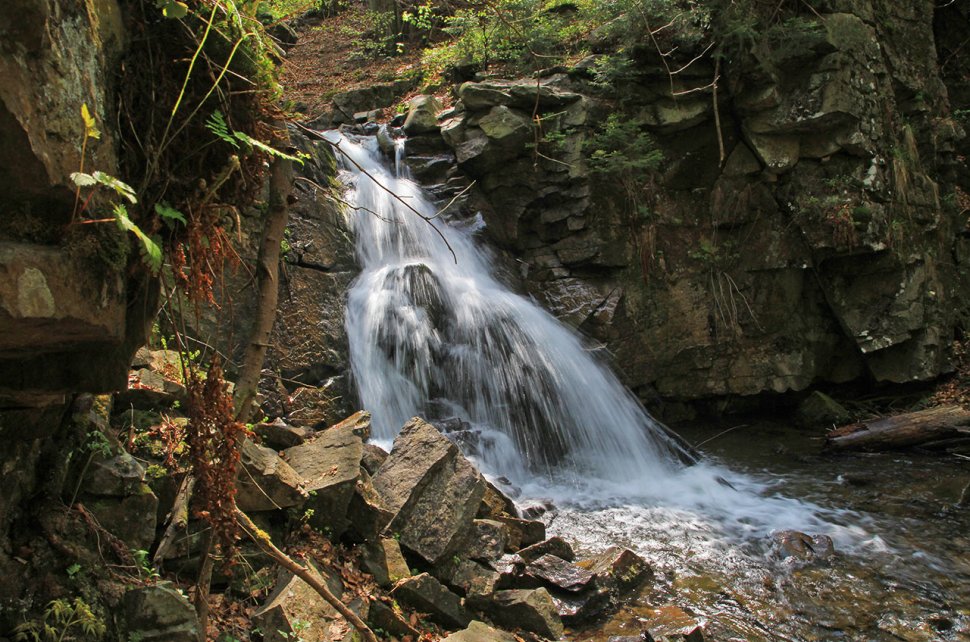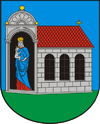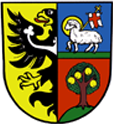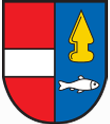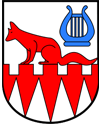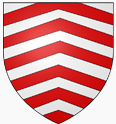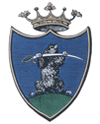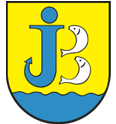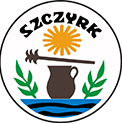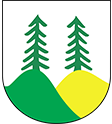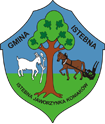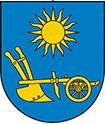Kaskady Rodła (cascades)
st. Biała Wisełka
The valley of the White Vistula River lies in Wisła Czarne near Czerniańskie Lake. It is one of the most beautiful places in Wisła and it is also a perfect place for family walks even with small children or prams. It is a no traffic zone which makes it possible to admire the pure beauty of nature, fresh air, clean water of the White Vistula river and the peace and quiet of the place. The valley is six kilometers long and the walking route along a solid road is about 2.5 kilometers long. The valley of the White Vistula river is beautiful at any time of the year, this is the place where nature awakes in the spring, blooms in the summer and attracts everybody with a palette of autumn coloring. In winter time the most popular attraction is a sleigh ride with a bonfire and a highlander feast.
Most tourists just walk along the road to the picturesque Kaskady Rodła which is one of the most beautiful water cascades in our mountains but there is also the blue tourist route which leads to the top of Mount Barania. The name of Kaskady Rodła was given to the cascades on the initiative of the chairman of the Historic Society of Wisła Jan Krop on 19 September, 1987 on the 65th anniversary of the formation of the Polish Society in Germany. It was an organization fighting for the rights of the Polish minority in Germany. They were not allowed to use the original Polish symbols so in 1933 they invented a new kind of symbol – rodło (a plow) resembling the shape of the Vistula River as a symbol of unity with the country of their origin.
The author of the symbol was Janina Kłopocka from Olesno and the name was invented by Edmund Osmańczyk from Opole who, together with 15 Poles from the Rodło Society, took part in the 65th anniversary of the Polish Society in Germany. The ceremony was organized by the History Society of Wisła, Society of the Cieszyn Land, Culture and Educational Society from Opole and Polish Tourist Society from Wisła.
All the complex of Kaskady Rodła consists of 25 natural waterfalls and river steps of the White Vistula River on the slopes of Mount Barania. The height of them varies from 0.5 to 5 meters, two highest waterfalls are situated in the upper part of the river where the angle of the slope is bigger, from 8 – 10 % and they are 3.5 and 5 meters high. The upper river steps are made of Carpathian flysh (sandstones and conglomerates)with deep evaporative holes at the foot of the waterfalls. The lower steps are mostly made of shales and sandstone. The slopes of the river valley are covered with 170 year old monumental spruce and fir trees.
